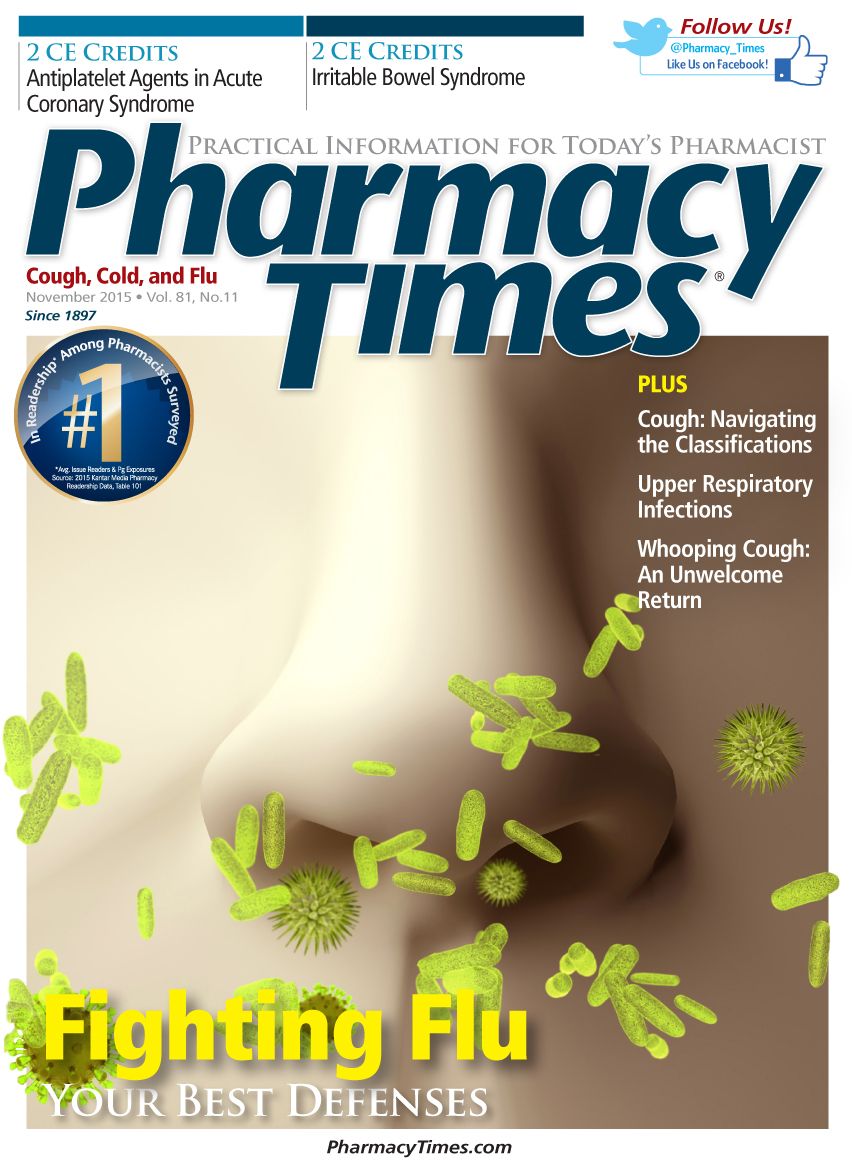Publication
Article
Pharmacy Times
Case Studies (November 2015)
Author(s):
What should these pharmacists do?
CASE 1
LH, a 45-year-old woman, presents to your pharmacy inquiring about sunscreen choices. LH has fair skin and states, “I burn very easily, but once I get a base tan, I am fine for the rest of the summer.” LH has no known drug allergies and is not currently taking any medications.
What would be an appropriate sunscreen recommendation for LH?
CASE 2
JP is a 72-year-old man who presents to your pharmacy with a prescription for 1 tablet of sulfamethoxazole/trimethoprim (TMP/SMX) 800/160 mg orally twice daily for 7 days. JP tells you he has not been feeling well lately, so he visited his primary care physician, who gave him a diagnosis of a moderate sinus infection. Upon review of JP’s records, you see he is currently taking metformin and lisinopril. JP has type 2 diabetes and, due to many years of uncontrolled hyperglycemia, has also been given a diagnosis of renal insufficiency.
What concerns might you have regarding JP’s use of TMP/ SMX?
ANSWERS
Case 1: It is important to educate patients that any sign of a tan is evidence of skin damage; having a “base tan” does not prevent against further damage. Tanning or burning is normally a result of UV-B rays, although UV-A and UV-B rays contribute to skin cancer formation. When choosing a sunscreen, you should always recommend broad-spectrum sunscreens, which indicates both UV-A and UV-B ray protection. There are 2 types of sunscreen to choose from: physical sunscreens, such as titanium dioxide or zinc oxide, and chemical sunscreens. Physical sunscreens stay on top of the skin and reflect, scatter, and absorb UV-A and UV-B rays; they are often the best option for children and patients with sensitive skin. Chemical sunscreens are absorbed into the skin and convert UV-A and/or UV-B rays into heat. SPF is another important factor to consider when selecting an appropriate sunscreen for LH. SPF is only a measure of UV-B protection, and doubling the SPF does not double the protection. An SPF rating of 15 blocks 93% of UV-B rays, whereas SPFs 30 and 50 block 97% and 98% of UV-B rays, respectively. As the pharmacist, because of LH’s fair skin, a sunscreen with at least an SPF of 30 should be recommended. Also make sure the product is labeled “broad spectrum,” to protect LH from both UV-A and UV-B rays.
Case 2: Trimethoprim is excreted through the kidneys, and by reducing urinary excretion of potassium, it can often lead to hyperkalemia. Recent study results show that up to 6% of patients taking TMP/SMX develop hyperkalemia and that the risk increases when patients are on other medications that increase potassium, such as angiotensin-convertingenzyme inhibitors, angiotensin 2 receptor blockers, and aldosterone antagonists (eg., spironolactone). It is advisable to avoid the use of TMP/ SMX in patients at high risk for hyperkalemia due to the following factors: being older than 65 years; having renal insufficiency, diabetes, or heart failure; or taking other medications that cause potassium retention. As JP has many of the above stated risk factors, putting him at high risk of developing hyperkalemia, TMP/SMX is not the best choice to treat his sinus infection. The pharmacist might recommend amoxicillin/clavulanate (Augmentin) 875 mg/125 mg by mouth twice daily for 5 to 7 days as an alternative to treat JP’s sinus infection.
Dr. Caranfa is Pharmacy Manager and Executive Team Lead at Target Pharmacy. Dr. Kohn is assistant professor at University of Saint Joseph School of Pharmacy, Hartford, Connecticut. Dr. Coleman is a professor at University of Connecticut School of Pharmacy, Storrs, Connecticut.
function showAnswer() {document.getElementById("answer").style.display = 'block';document.getElementById("link").style.display = 'none';}







